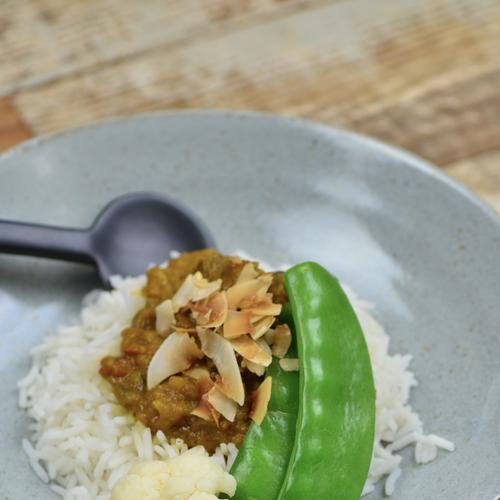Grains have long been the bedrock of human civilization, providing sustenance, culture, and livelihoods across the world. Among these grains, rice stands out as a symbol of nourishment, versatility, and cultural heritage.
The Diversity of Grains
Grains represent a diverse group of crops, each with its own unique characteristics and culinary significance. From the wheat fields of Europe to the quinoa terraces of South America, grains have shaped cuisines and cultures throughout history. Whether in the form of bread, pasta, cereal, or rice, grains serve as the foundation of countless dishes, offering sustenance and flavor in equal measure.
Rice: A Global Staple
Of all grains, rice holds a special place in the hearts and diets of billions around the world. Originating in Asia, rice cultivation has spread to every continent, adapting to a wide range of climates and growing conditions. With thousands of varieties, from aromatic Basmati to sticky sushi rice, rice offers an unparalleled diversity of flavors and textures, making it a staple in cuisines from Asia to the Americas.
Nutritional Value
Rice is not only a culinary delight but also a nutritional powerhouse. As a complex carbohydrate, it provides a steady source of energy, essential for fueling daily activities. Additionally, rice is low in fat and cholesterol, making it a heart-healthy choice for many. Rich in vitamins, minerals, and dietary fiber, rice contributes to overall health and well-being, supporting everything from digestion to immune function.
Cultural Significance
Rice holds deep cultural and symbolic significance in many societies around the world. From traditional Japanese tea ceremonies to celebratory Indian weddings, rice plays a central role in rituals, ceremonies, and daily life. Its cultivation has shaped landscapes, economies, and social structures for centuries, fostering a deep connection between people and the land.

Sustainability and Innovation
As the global population continues to grow, sustainable agriculture practices are essential to ensure the long-term viability of grain production. Innovations in rice cultivation, such as water-saving techniques and organic farming methods, help to minimize environmental impact and conserve natural resources. Furthermore, ongoing research into rice genetics and breeding aims to improve crop yields, resilience, and nutritional quality, ensuring a sustainable supply of this vital grain for future generations.
Celebrating Diversity
While rice may be the most prominent grain, celebrating the diversity of other grains is equally important. Barley, corn, oats, quinoa, and wheat are just a few examples of the wide variety of grains that contribute to global cuisine and agriculture. By embracing this diversity, we honor the rich tapestry of culinary traditions and promote a more resilient and sustainable food system for all.
In conclusion, grains, with rice leading the way, are the foundation of global cuisine and culture. As we look to the future, let us continue to cherish and celebrate the diversity of grains, recognizing their essential role in nourishing and sustaining humanity.


